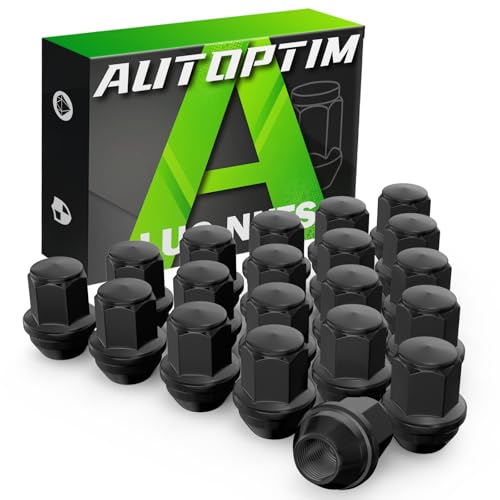David, I sure appreciate the "Use" of your hood.

) I've had that one in my picture file for a while but could not remember where I found it. It's an excellent example of how the underhood blackout should look.
The different shades of white used by Ford (And the other manufactures) can be confusing to people not used to "Fifty Shades of White". I had never really paid much attention to it since very few of the Ford products my Dad owned were white. The first one, which was also our first Mustang, was a '66 Wimbledon white coupe which just looked....white! In 1974 he bought an LTD Brougham in Wimbledon that looked the same color as the Mustang. One day my uncle dropped by in a new F-150 that was "C" Pure White. All of a sudden the LTD now looked like a creamy pale light yellow.
It's sorta strange how the Big Three had drifted away from plain white to the "Designer" colors. I remember colors such as White Platinum Tri-coat Metallic, White Suede, Cream Brulee, to name a few. When the Crown Victoria replacing Taurus and Explorer Interceptor were released in 2012, there was no plain white in use on those vehicle lines. Ford had to release Oxford white back into those product lines since no fleet buyer wanted to pay $395.00 for designer colors!
I realize no matter what level of camera and equipment you possess when trying to show color samples here, they are only going to be close to the actual color. I just wanted to illustrate how Wimbledon white can take on a yellow hue when next to other white colors. The 9D, 9A, and M were common '60 and 70s colors. The 9L Oxford made an appearance in the '80s and shows how the other colors pick up their off white appearance.
View attachment 48010




















































